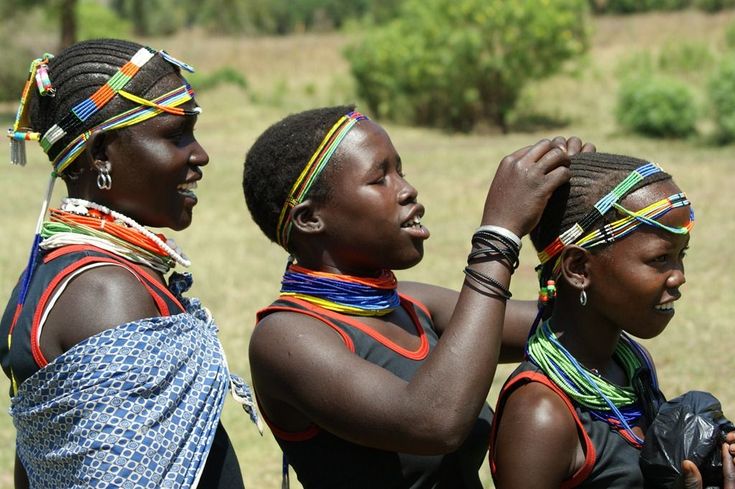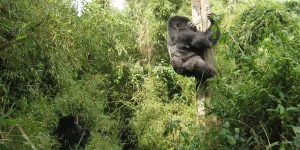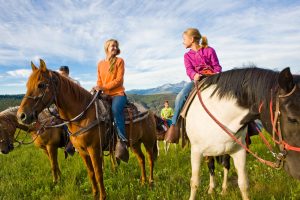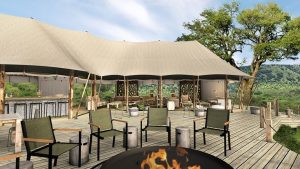Cultural Tours in Kidepo Valley National Park
Kidepo Valley National Park, set in Uganda’s remote northeast, offers a captivating blend of stunning landscapes, unique wildlife, and rich cultural heritage. Cultural tours here invite visitors to engage with the Karamojong and Ik people, learning about their traditional lifestyles that have remained remarkably resilient over centuries. Cultural Tours in Kidepo Valley National Park
Highlights of a Cultural Tour in Kidepo Valley
1. Experience the Karamojong Culture
- Who Are the Karamojong? The Karamojong people are semi-nomadic pastoralists known for their vibrant clothing, traditional homesteads, and deep cultural roots. Visiting a Karamojong manyatta (homestead) provides insight into their daily life and customs.
- What to Expect:
- Lifestyle and Livelihood: See how livestock, particularly cattle, play a central role in their lives, and learn about traditional practices such as cattle herding, shelter construction, and more.
- Weapons and Defense: The Karamojong are skilled in traditional weaponry, using spears and shields for hunting and protection.
- Cultural Attire and Beadwork: They wear colorful clothing adorned with elaborate beadwork, a significant aspect of their cultural identity.
- Dance and Rituals: Traditional dances and ceremonies are shared during these visits, where the Karamojong express pride in their heritage through rhythmic dancing and storytelling.
2. Meet the Ik People
- Unique Cultural Insights: Living in the Morungole Mountains, the Ik people have a distinct language, traditions, and social customs that differ from the Karamojong. Reaching them requires a scenic hike, providing views of the rugged terrain and peaceful landscapes.
- Highlights:
- Social Structure and Daily Life: The Ik community values family and close-knit communal living. They have a unique social system centered on family ties, which they gladly share with visitors.
- Agriculture and Sustainability: The Ik mainly rely on farming. Visiting their villages gives insights into their agricultural techniques and how they sustainably interact with their environment.
- Storytelling and Ceremonies: Their traditional ceremonies and storytelling offer a rare glimpse into the beliefs, history, and values that have shaped their culture.
3. Traditional Dance and Music Performances
- Both the Karamojong and Ik celebrate events with dance and music, often sharing songs and dances that narrate the community’s legends, victories, and life lessons. These performances provide an authentic look into their way of life and are often accompanied by chanting, drumming, and storytelling.
4. Craft Workshops with Local Artisans
- Learning Local Crafts: Visitors can participate in workshops where local artisans teach traditional skills, such as beadwork, pottery, and leatherwork. Creating a small souvenir with local guidance offers a hands-on connection to Karamojong artistry.
- Supporting Local Art: Purchasing directly from artisans supports their craft economically, helping to preserve these traditions within the community.
5. Guided Cultural Walks Through Kidepo Valley
- Exploring Sacred Sites: Guided walks allow visitors to explore significant landmarks, traditional homesteads, and sacred places respected by the Karamojong.
- Learning from Local Guides: Local guides offer a rich perspective on both the cultural and ecological features of the area, making these walks a balanced blend of nature and culture.
6. Sample Traditional Cuisine
- Taste Local Dishes: Cultural tours often include a taste of Karamojong and Ik cuisine, which includes traditional staples like millet, sorghum, and goat meat. These meals reflect local agricultural practices and are typically prepared using time-honored methods.
- Cooking and Food Preservation: Guides often explain how traditional foods are preserved and prepared, offering insight into food security practices adapted to the region’s climate.
7. Community-Led Conservation Efforts
- Learning Sustainable Practices: Both the Karamojong and Ik people have lived in harmony with the local ecosystems for generations. Tours highlight how these communities manage resources sustainably, balancing livestock, agriculture, and conservation.
- Supporting Coexistence: The Karamojong and Ik contribute to the preservation of wildlife in Kidepo Valley by maintaining practices that prevent conflict between people and animals, which aligns with the park’s conservation goals.
Practical Tips for Planning Your Tour
- Best Time to Visit: The dry seasons (December to February and June to September) are the most comfortable times for travel and make accessing remote villages easier.
- Traveling to Kidepo: Access to Kidepo Valley is either by a domestic flight to Kidepo Airport or a scenic road trip from Kampala.
- Choosing a Tour Operator: Many experienced tour operators offer combined cultural and wildlife packages, ensuring a comprehensive experience that includes both the natural beauty and cultural richness of the park.
Kidepo Valley’s cultural tours are not only enriching but also help sustain and preserve these ancient traditions. By participating, visitors directly contribute to supporting these communities and keeping Uganda’s unique heritage alive.




